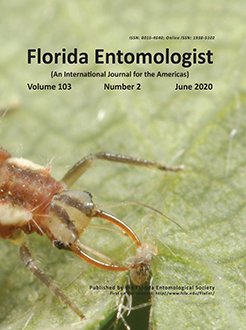There is growing evidence that nocturnal moths are important pollinators of agricultural crops. However, the contribution of these pollinators to the production of crops remains largely unknown. We explored the pollination input nocturnal insects provide to self-fertile varieties of peaches and muscadine grapes. Our goal was to determine if these fruit varieties need little or no input from insect pollinators, as previously believed, or if pollination is provided by the oft-ignored nocturnal-insect pollinators. Moths were anecdotally observed to be the dominant floral visitor in peaches, diurnal or nocturnal. No floral visitors were recorded in muscadine grapes. We found that the fruit set of self-fertile varieties of both fruits was not significantly increased by any pollinator group, suggesting that pollination contribution provided by insects was unnecessary. Interestingly, we observed both common moth visitors to consistently vibrate their wings during floral visits. This behavior is known to increase body temperature in moths for flight, but this is the first time the vibration behavior has been associated with floral visitation. While the examined fruit varieties received no benefit from insect pollination, important observations highlight our lack of understanding concerning nocturnal pollination and require focused research to elucidate.
How to translate text using browser tools
10 July 2020
Nocturnal vs. Diurnal Pollination of Self-Fertile Peaches and Muscadine Grapes
Stephen M. Robertson,
Neelendra K. Joshi,
Ashley P. G. Dowling

Florida Entomologist
Vol. 103 • No. 2
June 2020
Vol. 103 • No. 2
June 2020
moths
muscadines
nocturnal pollinators
peaches
pollination




